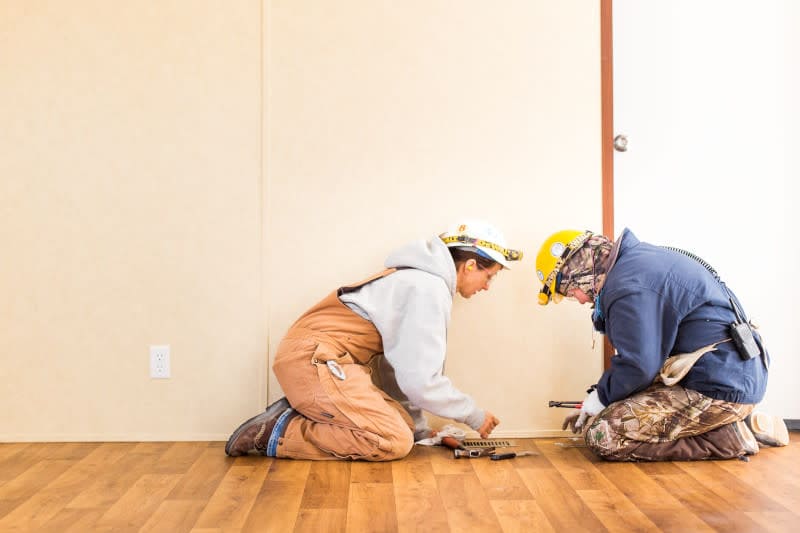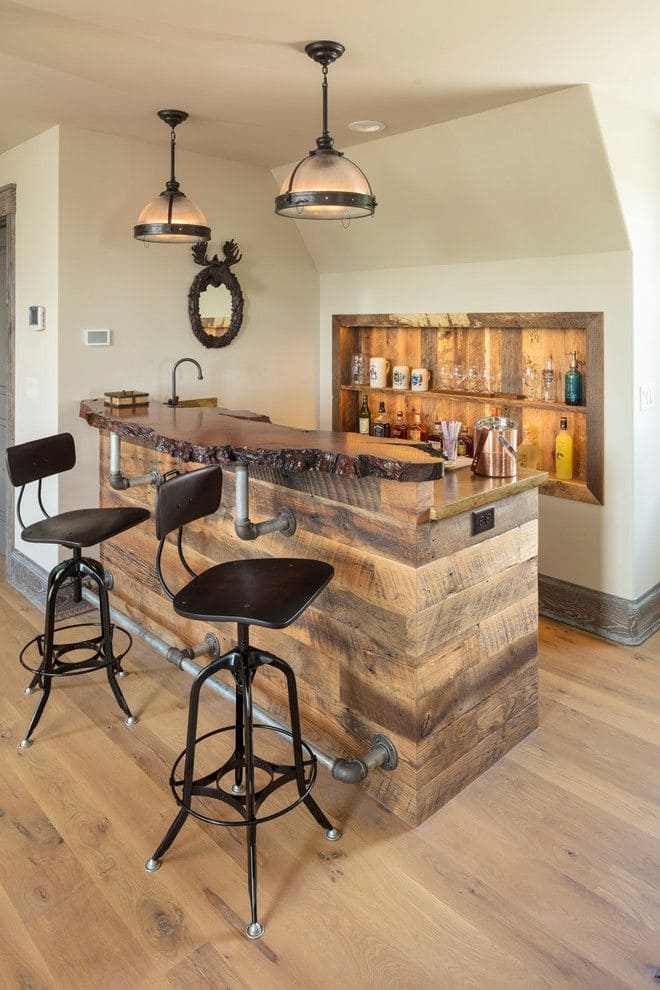Introduction:
Mobile homes have become a popular and affordable housing option for many individuals and families. Despite their cost-effectiveness and mobility, mobile homes often present unique challenges, including the use of specialized materials like sheetrock. In this comprehensive guide, we delve into the world of sheetrock in mobile homes, exploring its importance, installation process, common issues, and potential solutions.
Understanding Sheetrock in Mobile Homes:
Sheetrock, also known as drywall or gypsum board, plays a crucial role in the construction of walls and ceilings in mobile homes. It is a versatile material that provides a smooth and durable surface for finishing. However, the sheetrock used in mobile homes is not identical to that in traditional houses. Mobile home sheetrock is typically thinner and lighter, designed to meet the specific structural requirements of these homes.
Installation Process:
The installation of sheetrock in mobile homes involves a meticulous process that ensures both structural integrity and aesthetic appeal. Firstly, the framing of the mobile home is crucial, as it determines the stability of the walls. Once the framing is in place, the sheetrock is carefully measured, cut, and secured to the framework. The joints and seams are then taped and covered with joint compound to create a seamless surface. Finally, the sheetrock is sanded and prepared for painting or other finishing touches.
Common Issues and Challenges:
Mobile home sheetrock installation may encounter specific challenges that differ from traditional homes. Due to the lightweight nature of mobile home sheetrock, it is more susceptible to damage from impacts or moisture. Common issues include cracks, dents, and sagging. Additionally, the transportation of mobile homes can cause vibrations that may contribute to sheetrock issues over time. Understanding these challenges is essential for both homeowners and professionals involved in mobile home construction and renovation.
Maintenance and Repairs:
Proper maintenance is crucial for preserving the condition of sheetrock in mobile homes. Regular inspections for signs of damage, such as cracks or water stains, can help identify issues early on. Repairs may involve patching small holes, applying joint compound to seams, or replacing damaged sections. It is important to use compatible materials and techniques to ensure the longevity and stability of the sheetrock in mobile homes.
Innovations in Mobile Home Sheetrock:
As the demand for mobile homes continues to grow, innovations in sheetrock technology have emerged. Manufacturers are developing lightweight yet durable sheetrock options specifically designed for mobile homes. These innovations aim to address the challenges associated with traditional sheetrock in this unique housing context, offering improved resistance to impact and moisture.
Conclusion:
Sheetrock in mobile homes is a critical component that contributes to both the structural integrity and aesthetic appeal of these dwellings. Understanding the unique challenges and considerations associated with mobile home sheetrock is essential for homeowners, builders, and contractors. As innovations continue to shape the construction industry, the future holds promise for even more advanced materials and techniques tailored to the specific needs of mobile home construction.





